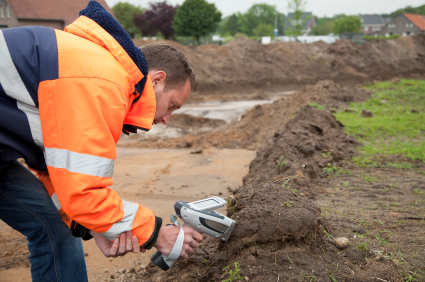
Federal regulators get the attention, but state regulators are important too.
With the recent announcement that Environmental Protection Agency (EPA) Administrator Lisa Jackson is stepping down, debate over her successor will invariably lead to renewed conversations over the role of government in protecting the nation’s environment. While these debates are nothing new, they neglect the day-to-day realities of implementing current environmental regulation, and they often perpetuate false stereotypes. More specifically, the onus of maintaining the existing environmental regulatory structure falls squarely on state—not federal—environmental protection agencies. The front-line regulators in state agencies are the individuals largely responsible for implementing environmental regulations, yet their work is often unnoticed in the debate over the future direction of the EPA.
Our study of more than 1,200 of these front-line regulators in seventeen state environmental protection agencies highlights the work of these individuals and dispels some common myths. Outside observers of U.S. environmental policy, particularly its critics, are quick to argue that the current environmental regulatory system is adversarial, full of power-hungry regulators who secretly desire to be environmental cops, complete with badges and flashing lights. Yet, a more sophisticated examination of the system counters such images and conveys complexities too often ignored.
The work of front-line environmental regulators in state environmental protection agencies is where the proverbial “rubber meets the road”—and yet our study finds little evidence of the negative stereotypes commonly attributed to the regulatory system. In addition, our research documents how state environmental regulators perceive the regulated community and the nature of their experiences, since these perceptions affect the work of regulators. In particular, more than three-quarters of the regulators believe the regulated community makes honest efforts at compliance, and only a fifth of the regulators think the regulated community is primarily focused on profit. Perhaps even more interesting is that 80 percent of the regulators in this study report positive interactions with the regulated community, and only a meager four percent say they have experienced adversarial interactions—quite different findings than political rhetoric might have us believe.
Further analysis of the data reveals that state regulators employ a combination of regulatory enforcement styles indicating that a universal approach is far from the norm. Indeed, more than 60 percent of regulators describe their regulatory interactions as cooperative and desire positive working relationships with the regulated community.
Initial reactions to positive interactions between regulator and the regulated community might be negative, but further examination reveals that cooperative relationships are not only desirable, but also necessary. The evolving nature of environmental challenges leaves understaffed agencies and overworked regulators struggling to keep pace with the latest technological or scientific innovations aimed at addressing environmental challenges. Therefore, we argue that partnerships between seeming adversaries—regulators and the regulated community—are a must. Positive interactions are built on open communication, cooperation, interdependence, flexibility, and responsiveness. Each of these components can and does exist in regulatory interactions, despite misplaced views to the contrary.
With the coming change in leadership at the EPA, interested parties must remember that the single administrator of this particular federal agency is but one player in the overall system of environmental protection in the U.S. Interested observers should pay closer attention to state regulators because they are the ones generally tasked with implementing federal environmental laws. Closer examination of the environmental regulatory regime in the U.S. reveals complexity that is often ignored in sound bites and political attacks. Our study reminds us of the important role of front-line regulators and what they have to endure in working to protect the environment.




